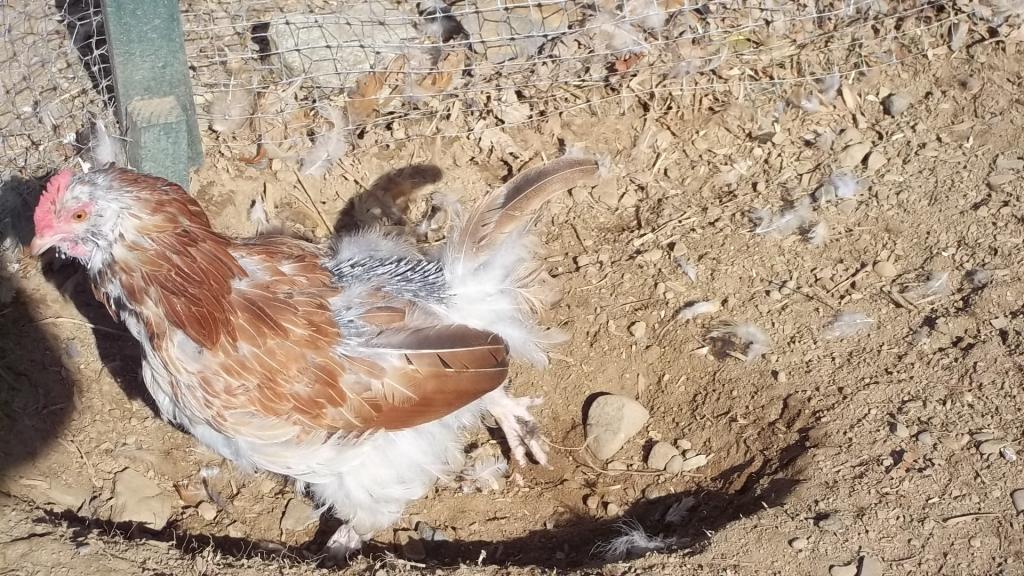- Thread starter
- #31
Not all of them go through molts this bad. Some of mine just look raggedy for a while. But when this girl blew so many feathers at once, I just had to take a picture.


Follow along with the video below to see how to install our site as a web app on your home screen.
Note: This feature may not be available in some browsers.


